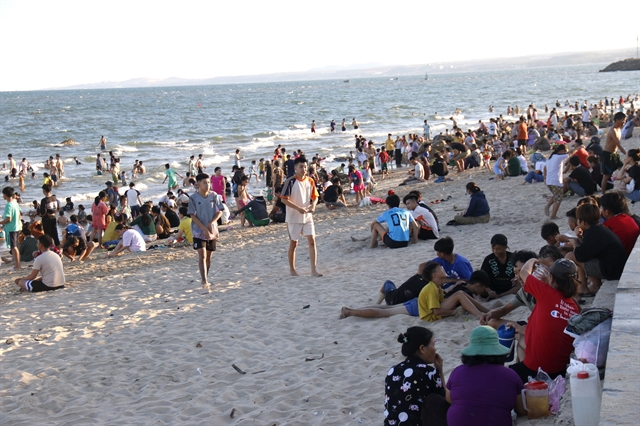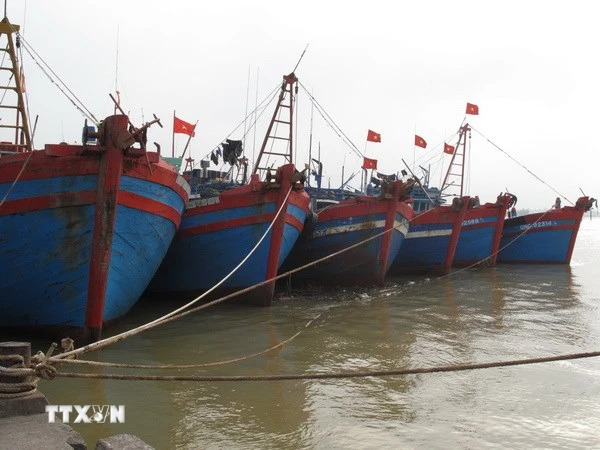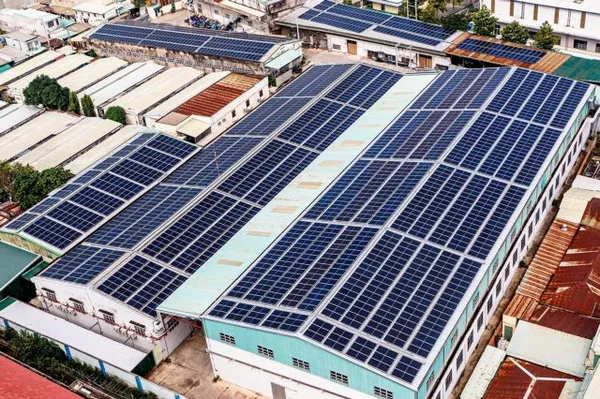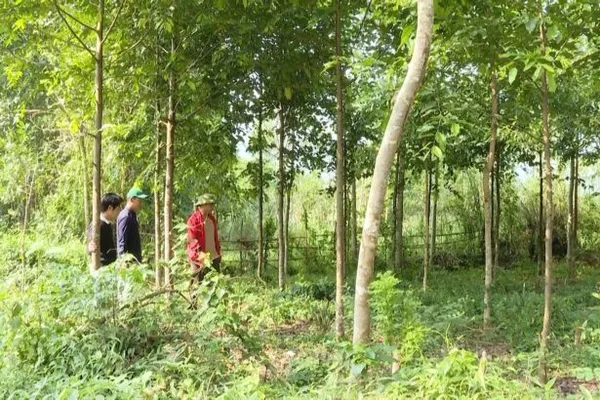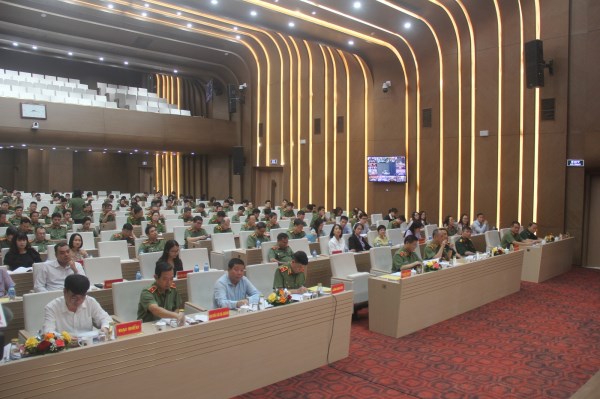 Economy
Economy
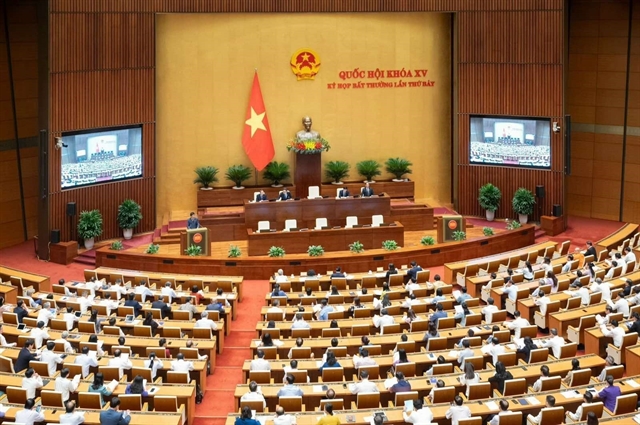
 |
| The railway sector needs to improve infrastructure to increase its market share in the future. — VNA/VNS Photo |
HÀ NỘI — Experts believe that upgrading infrastructure and service quality will increase the market shares of railway, marine and waterway transport in the future.
After many years of restructuring the transport market, the transport market share now is less than 1 per cent for railway, and less than 20 per cent for maritime and waterway. The transport activities mainly depend on roads.
Economic expert Nguyễn Đình Ánh said recently, people's demand for going by train is very high. Especially, in the context that aviation is facing difficulties due to lack of aircraft and higher input costs, causing a hike in airfares, the railway industry has a good opportunity to recover its market share.
To do that, the railway industry must solve problems such as train running time, service quality, and technical problems like noise and vibration, Ánh said.
With freight transport, the railway is also facing difficulties in infrastructure, warehouses and logistics services, and cannot connect to other types of transport, especially to seaports.
According to Đặng Sỹ Mạnh, the industry could not solve those problems completely because the railway infrastructure is too old and outdated.
In the 2016-20 period, the railway implemented four projects to upgrade essential works on the Hà Nội – HCM City railway line, with a capital of VNĐ7 trillion. The 2021-25 period has eight such projects implemented with a capital of VNĐ9.58 trillion.
However, these projects improving infrastructure quality cannot make a breakthrough for the industry, according to Mạnh.
He said that to promote the strengths of the railway and increase the railway transport market share, there needs to be a breakthrough in investment to railways.
At present, the investment progress in new railway projects under the planning is very slow. So, improving the railway transport market share is still a story of the future, he said.
Meanwhile, improving the market shares of maritime and waterway transport faces problems in mechanisms and policies.
Trần Đỗ Liêm, chairman of the Việt Nam Inland Water Transport Association, said according to the existing policies, only businesses having an investment capital of VNĐ3 trillion can receive incentives. That investment rate is too high. An inland waterway port accommodating ships up to 20,000 tonnes would need the largest investment of only VNĐ300-400 billion.
Besides that, Liêm has requested the Ministry of Transport to soon issue revised regulations for river boats, helping the shipbuilding industry reduce investment costs in vehicle development.
Vũ Thanh Hải, chairman of Hải An Transport and Stevedoring Joint Stock Company, said Việt Nam has 1,015 ships, including 48 container ships. Many of the container ships are over 25 years old.
Developing Việt Nam's fleet is also difficult because investment costs and loan interest rates at banks are high, while the value-added tax on ship imports is 10 per cent.
The State needs to have better policies on loan interest for businesses investing in developing container fleets. It should also offer exemption and reduction of VAT for imported container ships and exemption of contractor tax for the businesses when hiring or leasing containers.
Việt Nam's maritime transport now depends on foreign shipping companies in transport activities, leading to many difficulties and cost increase for production and import-export businesses.
Trần Bảo Ngọc, director of the Transport Department under the Ministry of Transport, said the railway industry needs to speed up the infrastructure investment progress.
Meanwhile, the maritime industry needs to review and propose amendments to the 2015 Maritime Law, and effectively implement projects developing the maritime fleet.
For inland waterways, it is necessary to improve the system of legal documents, innovate mechanisms and promote administrative reform. Preferential mechanisms should be proposed for the inland waterway sector.
That is the best way to increase the transport market share of railways, maritime and waterways, and to reduce logistics costs.
According to the plan, Việt Nam will have nine new railway lines, with a total length of 2,362km by 2030. However, most of these projects are only at the pre-feasibility study stage, including North-South high-speed railway; Lào Cai – Hà Nội – Hải Phòng route; Yên Viên – Hạ Long route; Biên Hòa – Vũng Tàu route; Thủ Thiêm – Long Thành route; and HCM City – Cần Thơ route.
Meanwhile, Ngọc said Việt Nam's seaport system has significant investment to receive the world's largest tonnage ships, and 40 major shipping lines in the world come to this system.
Việt Nam now has three seaports listed among the 50 largest container ports globally: HCM City Port, Hải Phòng Port and Cái Mép-Thị Vải Port. — VNS

